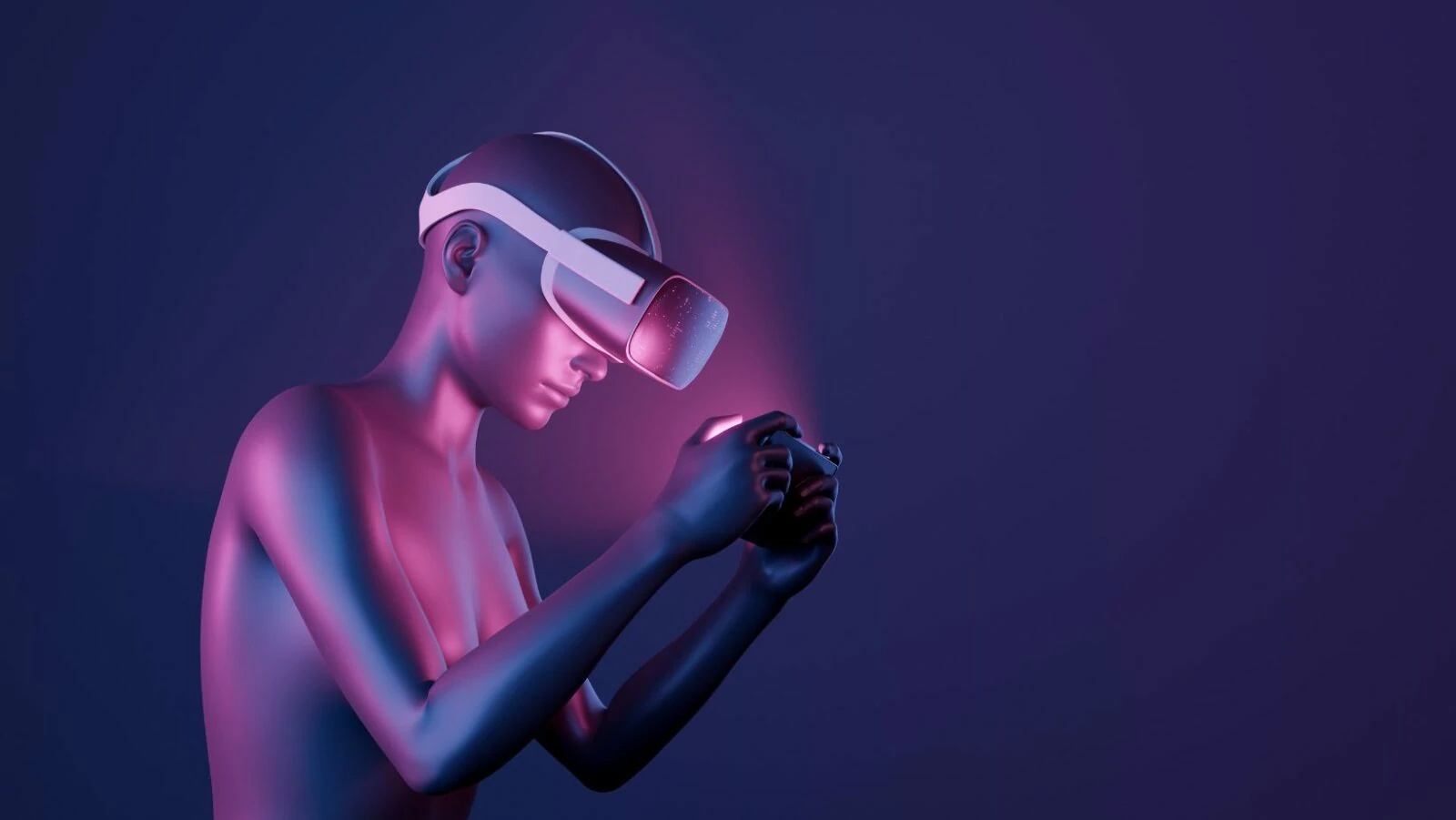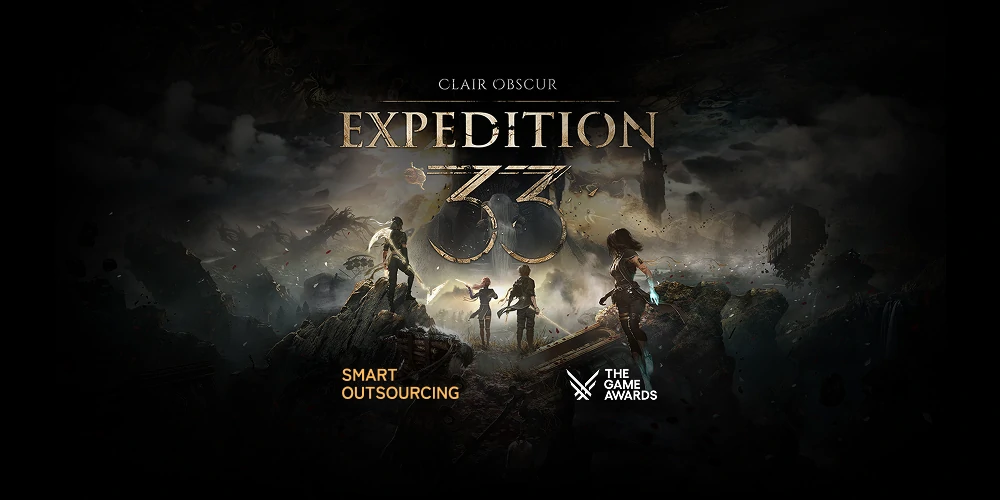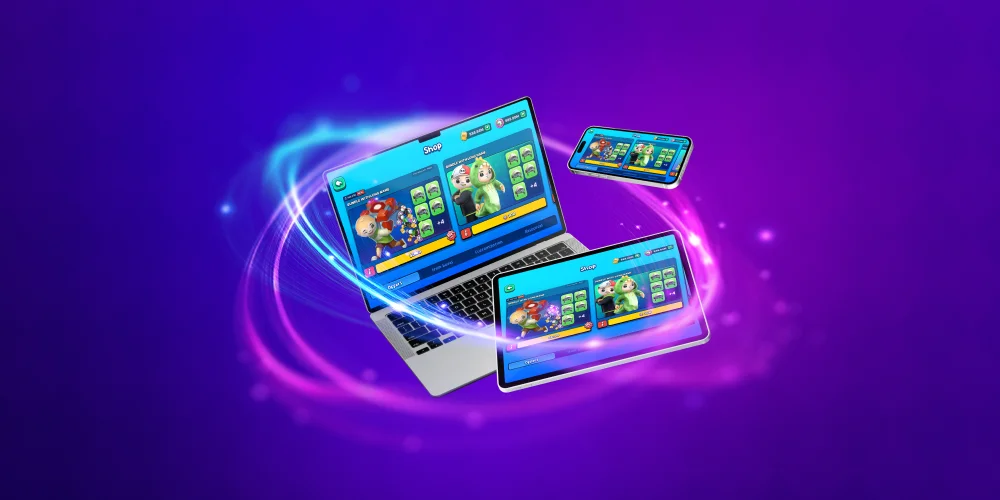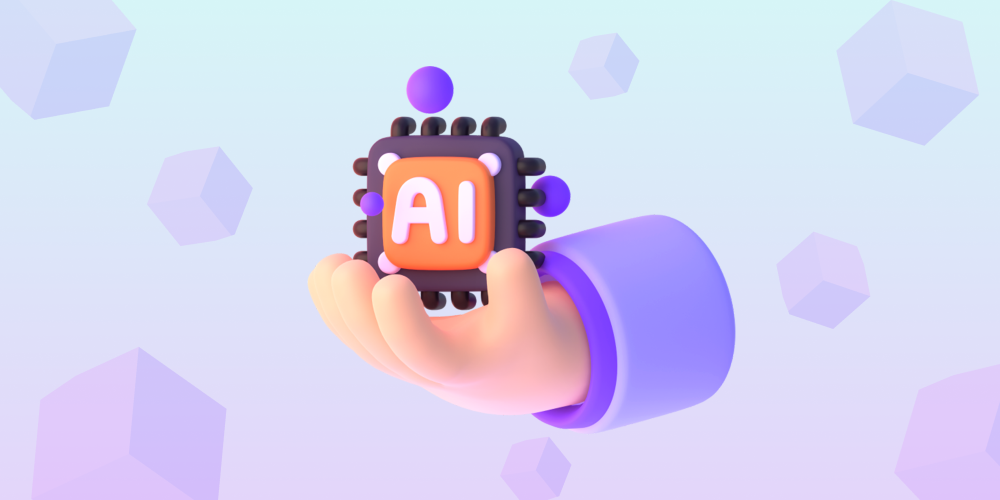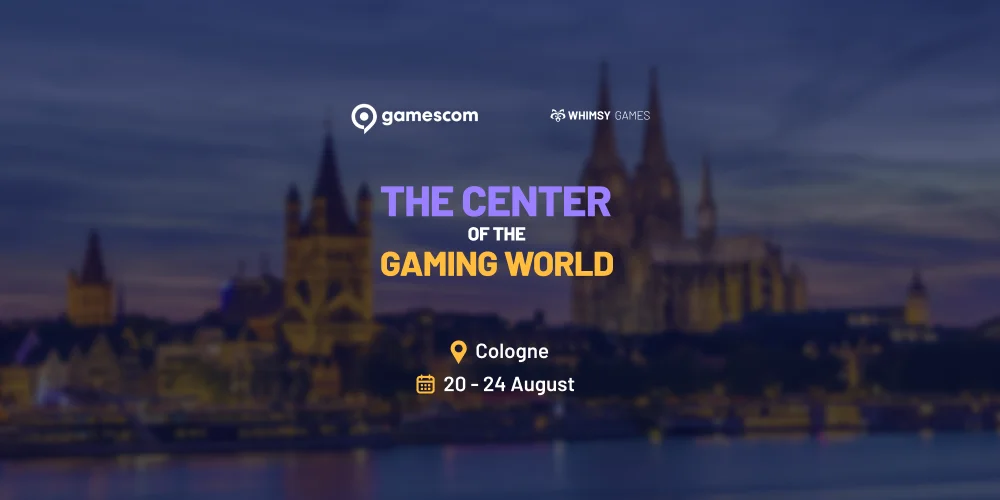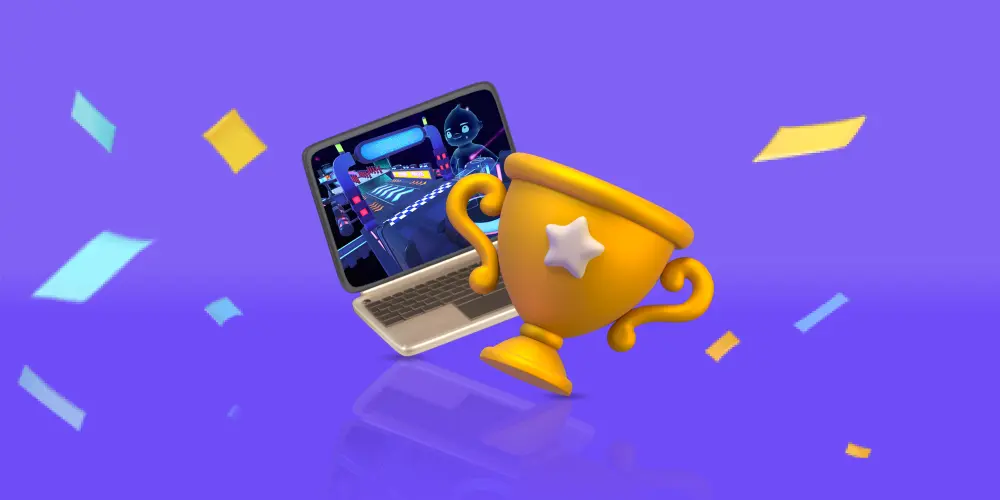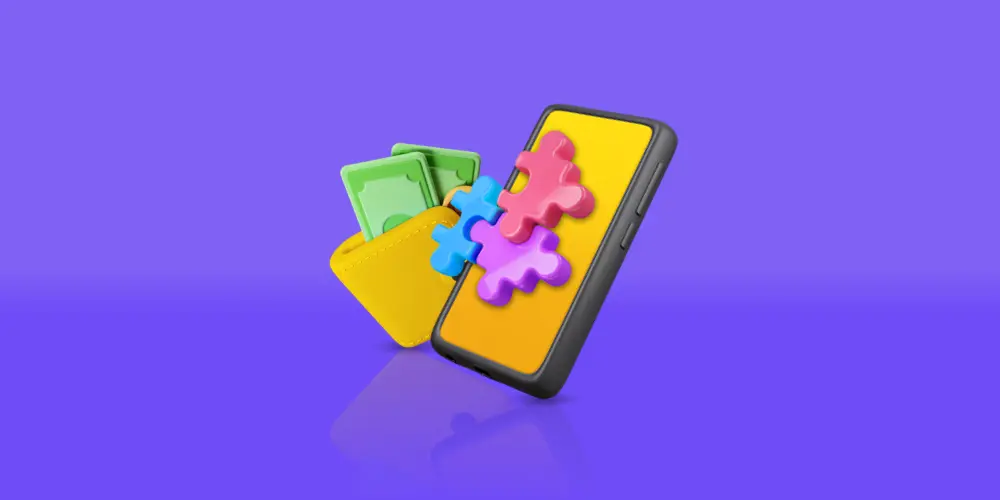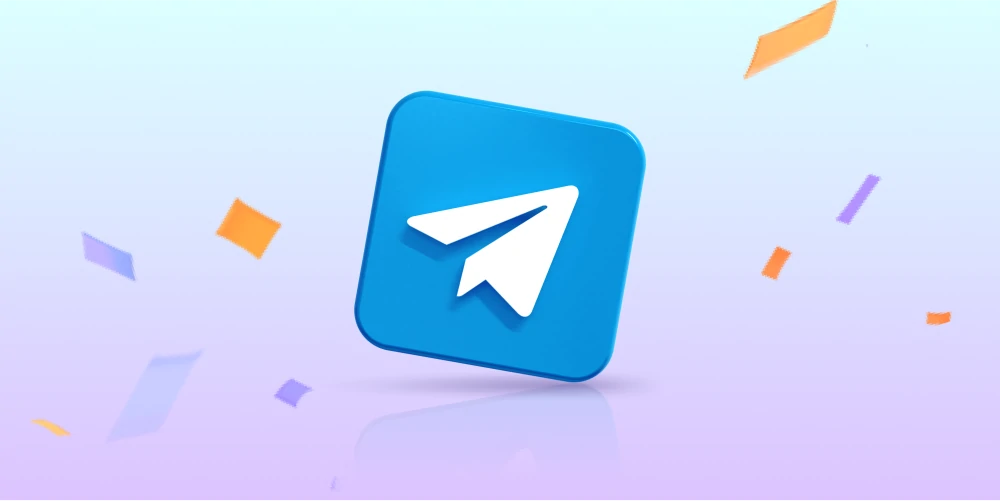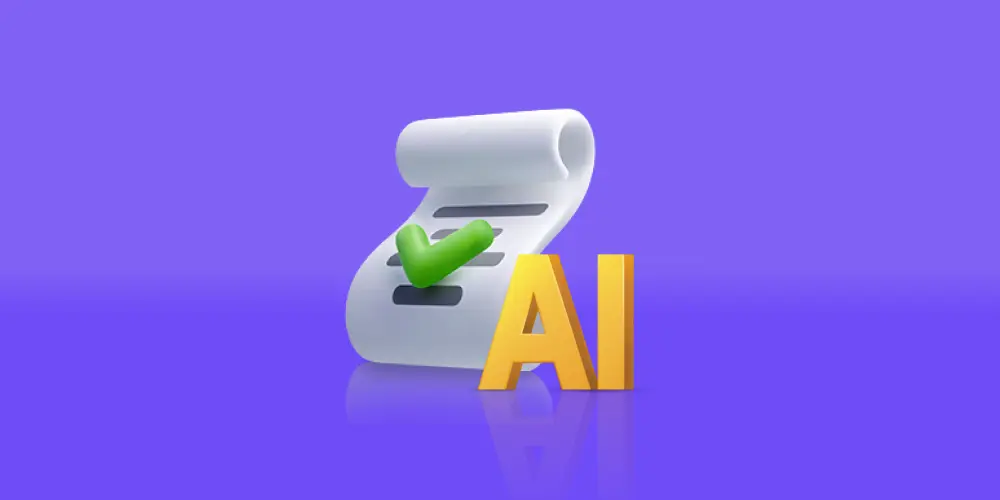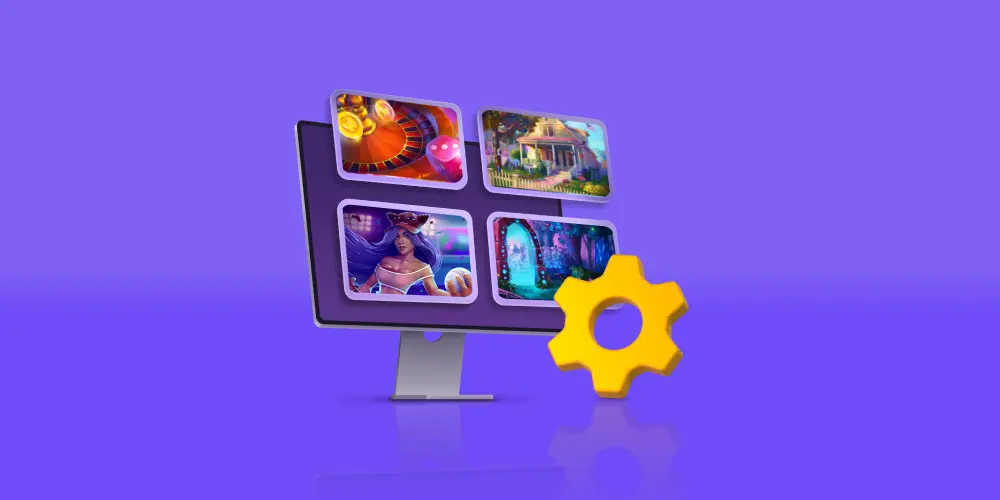KEY POINTS OF THE ARTICLE
- Introduction to the importance of character design in crafting immersive gaming experiences.
- Overview of the key stages involved in creating game characters.
- Brainstorming and conceptualization as the foundation for unique character development.
- Developing detailed character profiles to add depth and personality.
- Sketching and concept art as a creative exploration of character appearance.
- Transforming 2D concepts into 3D models through modeling and texturing.
- Rigging and animation to bring characters to life in dynamic ways.
- Integration of characters into the game and the importance of thorough testing.
- The impact of well-designed characters on gameplay, storytelling, and player engagement.
- Future trends in character design and their influence on the gaming industry.
What is Game Character Design and Why is it Important?
Game Character Design is an integral part of the video game design process. It involves creating unique and memorable characters that players can relate to and interact with within a virtual world. Game character design is important because it helps to create an immersive experience for the player, as well as providing the opportunity for developers to tell stories through their characters. The gaming industry has become increasingly competitive, making it essential for game designers to understand how to create engaging and memorable characters that will stand out from the crowd.
The importance of character design in the game industry is also reflected in the salaries of designers. According to Glassdoor, a Junior Game Designer earns an average of $64,288 annually in the United States. This highlights the value of creating characters that resonate emotionally with players. Working with a game outsourcing studio can help developers access top-tier character design expertise while optimizing production costs.
Stages of Game Character Design
Stage 1 – Brainstorming & Conceptualizing Your Game Character
Designing a game character is an exciting process that requires a lot of creativity and imagination. It’s important to take the time to brainstorm ideas for characters and create concept art designs that will help bring your character to life by character design service.
Collaborating with a professional 2d art services provider can enhance this process, ensuring your character designs are both unique and engaging.
At this stage, the type of character, whether 2D or 3D, can significantly affect the design cost. A 2D character is less expensive due to its simplicity compared to a 3D model, which requires detailed rendering and modeling.
Refine the design – Have a more refined sketch of the design ready for your client to look at, including all the specs and making sure you’ve included enough details so they’ll understand what you’re talking about.
Here’s the step-by-step process we recommend:
Brainstorm ideas for characters – Make a list of possible character concepts that you think could work in your game. Use images, descriptions, and even videos to flesh out your concepts. These are just ideas at this point, but it’s important to get them down on paper so you can reference them later as you flesh out your design.
Fill in details – Sketch out a rough sketch of the concept by filling in all the basic dimensions and some background information about the character.
This step is important in order to ensure that you’re not over-complicating or under-explaining your concept. That said, if this part comes down to hours of work, consider outsourcing it so that they can decide whether they want to go with a different idea.
Keep in mind that additional detailing, such as extra poses or costumes, can significantly increase the workload and cost of the design process. Deciding early on how many variations you need will help manage the budget.
This step is important in order to ensure that you’re not over-complicating or under-explaining your concept. That said, if this part comes down to hours of work, consider outsourcing it so that they can decide whether they want to go with a different idea.
Stage 2 – Creating a Detailed Character Profile
Creating a detailed character profile is an essential step in any story-writing process. It involves understanding the character’s background story, motivations, and goals. By doing this, editors can ensure that their characters are believable and relatable to players.
A good character profile should include information on the character’s physical appearance, personality traits, values and beliefs, relationships with other characters, history, and life experiences. It should also include details about the character’s goals and motivations for pursuing them. By taking the time to create a detailed character profile before beginning to make a game, editors will be able to create more compelling characters that readers can relate to and invest in throughout their journey.
The style of the character—whether realistic, cartoonish, or abstract—will also impact the design process and budget. A realistic style generally requires more detailed textures and animations, making it more expensive.
Stage 3 – Modeling your Game Character with 3D Software
Creating a game character is an exciting process and the 3D software you use can make or break your project. Whether you are a beginner or an experienced game developer, having the right 3D modeling and animation tools at your disposal is absolutely essential.
Using 3D art services, you can create realistic models of your game characters and bring them to life with motion capture technology. You can also add intricate details to their features and customize their look with various textures and lighting effects. With these powerful tools, you can ensure that your character design is as unique as possible.
A dedicated 3D software package is needed for professional game development. If you are just getting started and learning how to create your own games, you might want to learn about the tools that are available in the indie game development community.
Traditionally, many games have been created using 2D art tools like Illustrator and Photoshop. With 3d modeling game and animation software, designers now have the power to create much more complex 2D art designs than ever before. But now usually editors use some of the best 3D modeling and animation software on the market today: Unity3d, Blender, Cinema4D, Maya, Modo, and ZBrush.
Choosing the right software for your project—such as Maya, Blender, or Unity—depends on your specific needs and budget. Low-poly models are faster and cheaper to create but may lack detailed realism.
Refine the design – Have a more refined sketch of the design ready for your client to look at, including all the specs and making sure you’ve included enough details so they’ll understand what you’re talking about.
Stage 4 – Crafting Detailed Textures for Your Character Model
Crafting detailed textures for your character models is an essential step in the 3D modeling process. By using texture mapping techniques and texture painting tools, you can create beautiful and realistic textures that bring your character models to life.
Texture mapping techniques allow you to place a 2D image onto a 3D model, adding depth, color, and detail to the model. Texture painting tools enable you to paint directly on the surface of the model, giving it a unique look. With these two methods combined, you can create stunningly realistic characters for your projects.
Stage 5 – Animating Your Character and their Behaviors
Animating your character and their behaviors requires a combination of technical skills, creativity, and an understanding of game animation techniques. The right game animation software can make this process much easier and more efficient. In this stage, you will learn about the different types of game animation techniques as well as how to use game animation software to create realistic characters and behaviors.
Game animation techniques include keyframes, motion capture, inverse kinematics, and other tools that help create realistic animations in a video game.
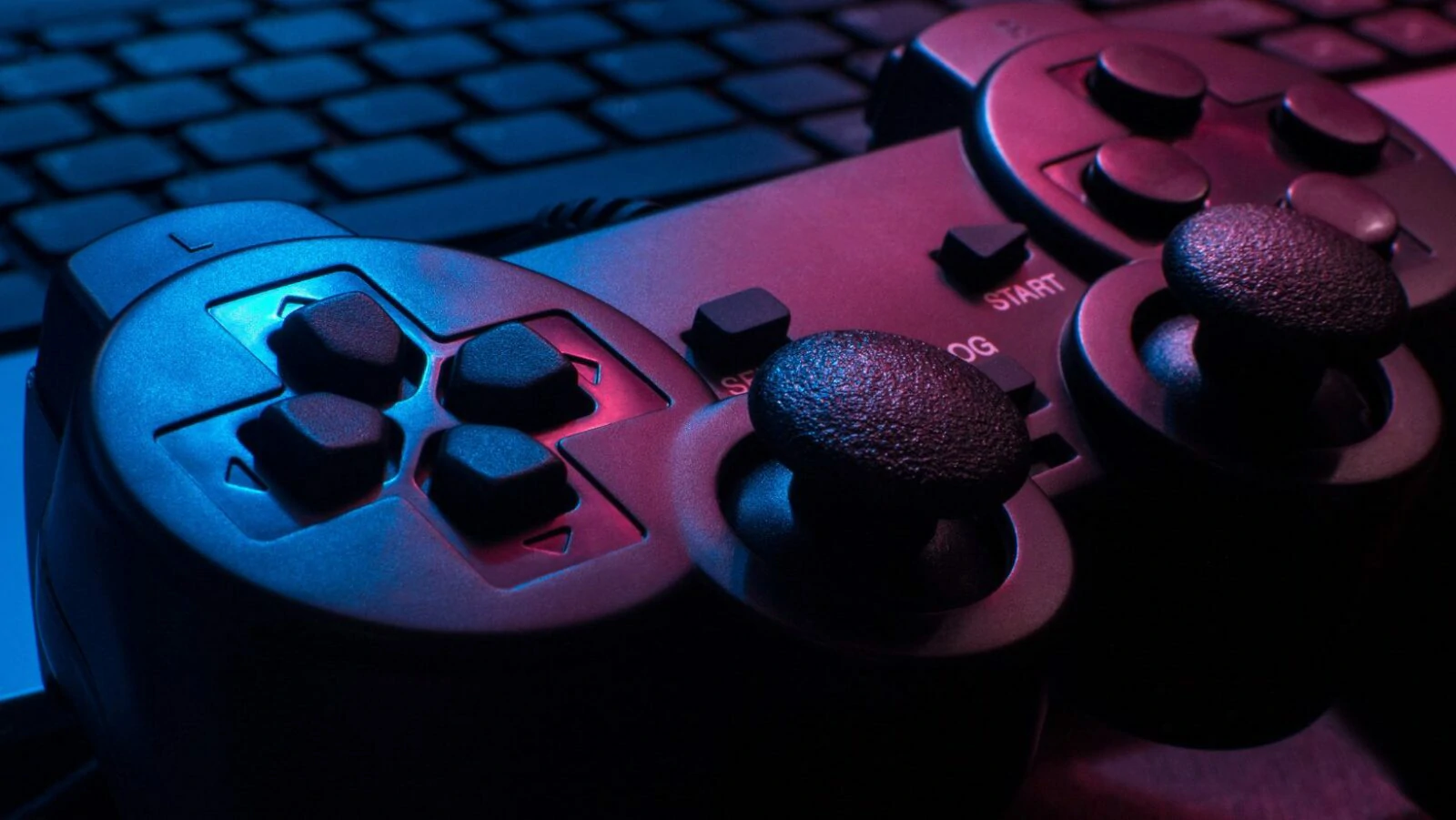 How Do You Know If a Video Game Character Is Good?
How Do You Know If a Video Game Character Is Good?
A good video game character has personality, even if it’s dislikeable, and their past is detailed enough for the player to have a solid idea of who they are and what they desire.
Good characters have strong drives and distinctive looks that convey their personalities. Your character’s motives will be more fully developed if you can describe their background and how it relates to the game’s mission.
The gamer should be able to identify with the character, feel empathy and emotion for them, and associate with them. Without these components, characters may come across as shallow, cliched, or dull, which might cause the user to have a bad video game experience.
Good characters not only look appealing but also embody relatable or strong emotions. This connection with the player drives empathy and engagement, making the character memorable.
How To Choose A Character Design Company?
Choosing the right partner to embody your vision of the character is not an easy task. Here are some basic recommendations to do this from the first attempt
- Find a studio that specializes in your game character type 2D, 3D, or both.
- Explore the portfolio and see if it matches your aesthetic requirements.
- Check out previous clients’ reviews. Do they speak for the company?
- Contact the studio and ask about the stages of the work. Can they help you choose the right poses and additional elements for your hero? How many reviews are included?
- Estimate the character design cost in comparison with the other market propositions.
Conclusion
A game’s success depends on its characters, which are also key factors in gauging a game’s appeal and popularity. A strong aesthetic sense results from the fact that the audio-visual effects, color, and background images of the game are typically given a lot of attention. While this is ideal for guaranteeing a game’s success, a character’s design aids in providing the game’s full narrative and connects the narrative with the audience in an interesting way.
The global gaming market’s rapid growth underscores the importance of standout characters in making your game competitive. Investing in character design can elevate your game’s storytelling and ensure it captures players’ attention.
Whimsy Games is your one-stop shop whether you’re a company or person looking to hire the greatest character design company to create the storyline for your game. Your aspirations of making a video game character a reality would be made possible by the diverse skill sets of the artists and designers working on real-world projects employing the most cutting-edge technology.




